Get your students excited to learn with the interactive "I Have... Who Has...?" game! This fast-paced, engaging activity is perfect for reinforcing key vocabulary and concepts while keeping everyone actively involved. Whether you're reviewing content or introducing new terms, this game will get your students thinking, collaborating, and having fun—all while mastering essential material!
You will find two sets of flashcards:
Set 1:
It has 80 cards that include the word, the definition, and some pictures. When your students play this with set, they will realice that some flashcards may have different answers: for example, for the tiger image your students could choose the word consumer, tertiary consumer and carnivore. So the game can take different directions.
Set 2:
That's why in the second link you will find 51 flashcards with only words and definitions in case you or your students find it easier this way.
Vocabulary included:
- Food chain
- Food web
- Trophic pyramid
- Trophic levels
- Producers
- Consumers
- Primary consumer
- Secondary consumer
- Tertiary consumer
- Decomposers
- Herbivore
- Carnivore
- Omnivore
- Scavenger
- Individual
- Population
- Community
- Ecosystem
- Habitat
- Suited
- Survive
- Thrive
- Competition
- Adaptation
- Organism
- Biotic
- Abiotic
- Biome
- Terrestrial biome
- Aquatic biome
- Estuary
- Lake
- Ocean
- River
- Deciduous forest
- Rainforest
- Savanna
- Taiga
- Tundra
- Desert
- Photosynthesis
- Root
- Stem
- Leaf
- Sunlight
- Water
- Air
- Oxygen
- Carbon dioxide
- Glucose
In addition to the vocabulary cards, you'll find guides for the game.
Ideas for using this resource:
-
For early finishers: Place the vocabulary cards in a designated area of the classroom and allow students who finish their tasks early to play a quick game, like "Pairs" or "Describe and Guess," to review the vocabulary while they wait for others.
-
Science class center: Set up a learning center where students can rotate between different games, like "Charades" or "Pictionary," using the cards to reinforce key vocabulary. This is a fantastic way to review terms in small groups.
-
Whole-class activity: Divide students into teams, give each team a set of cards, and have them compete in games like "Around the World" or "Target Practice" to see who can master the most terms. A fun and competitive way to review important concepts!
-
Quick games to start or end the class: Use games like "Oh Snap!" or "Inflatable Hammer" at the beginning or end of class for a quick, fun review of vocabulary. Perfect for breaking the ice or reinforcing terms before a quiz.
-
Vocabulary tournament: Organize a weekly game tournament using the cards. Each week, teams compete in different games (like "Cowboys" or "Listen and Pick") and earn points. At the end of the month, the team with the most points gets a prize or recognition.
If you enjoyed this resource and found it useful for your class and students, follow my store for more products.
Don't forget to leave a REVIEW for this product!
Looking for this resource in Spanish? Here’s the link:
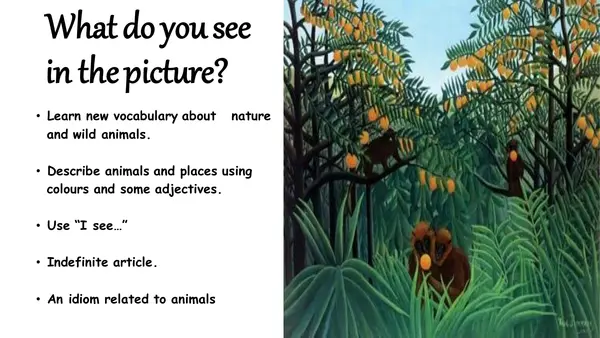
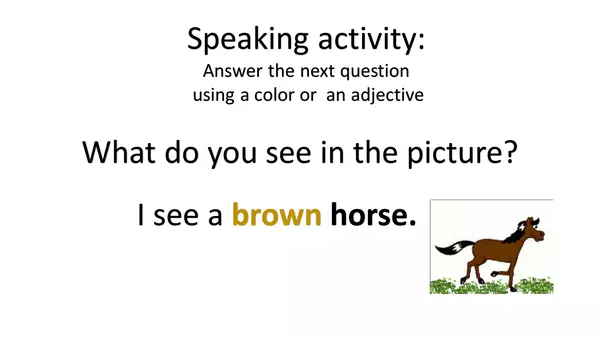
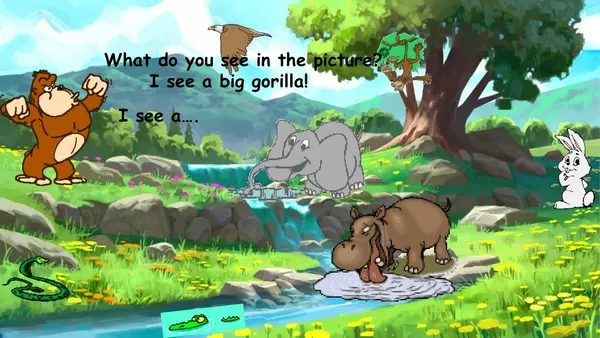
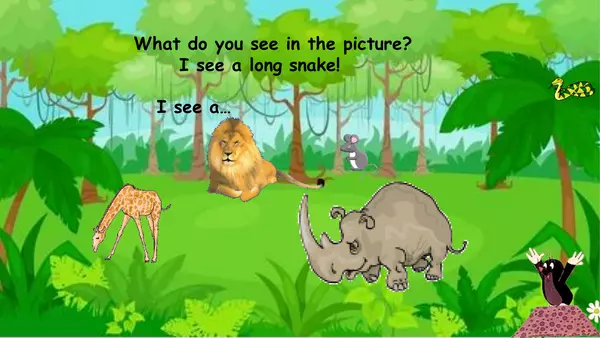
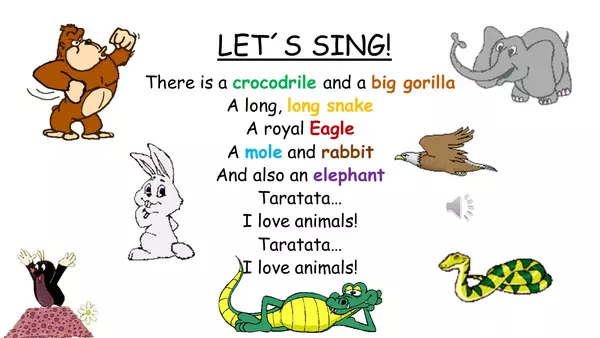





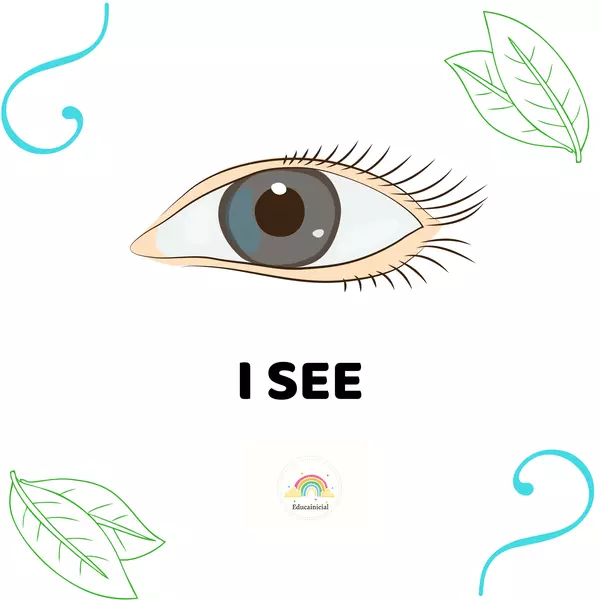

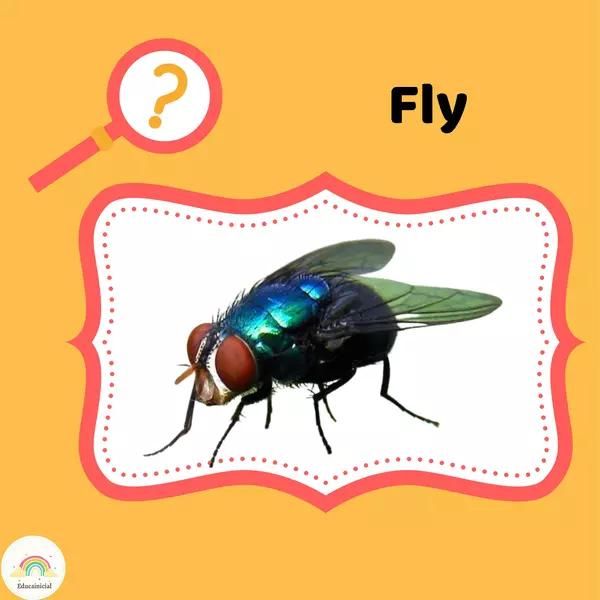


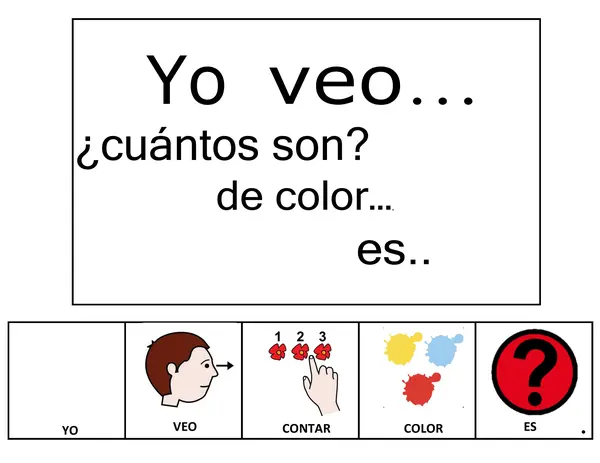
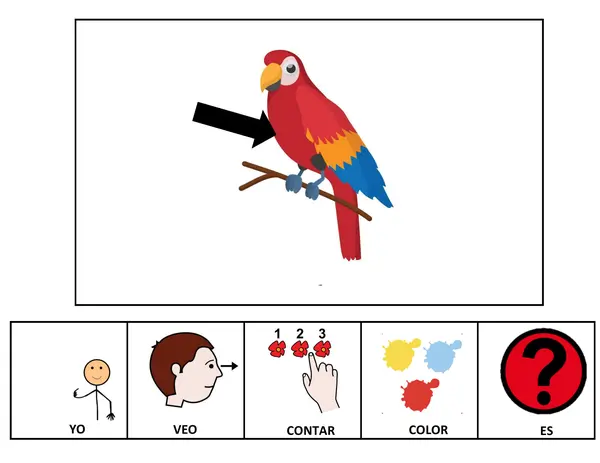
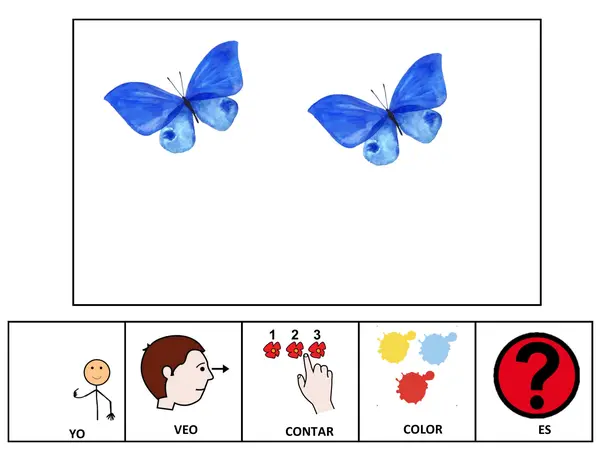
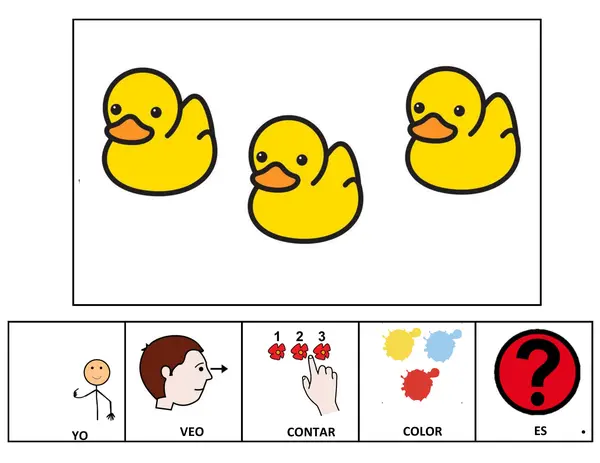
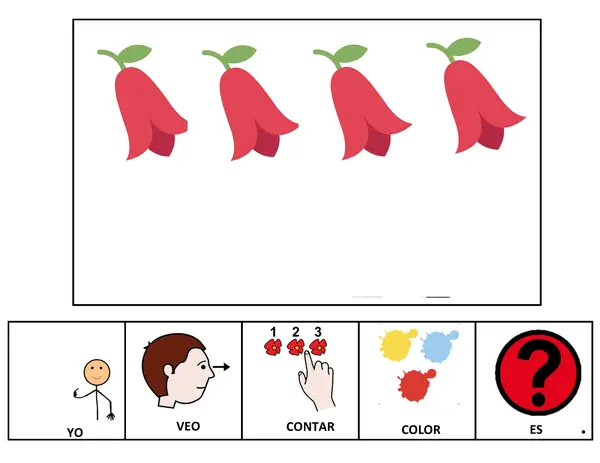

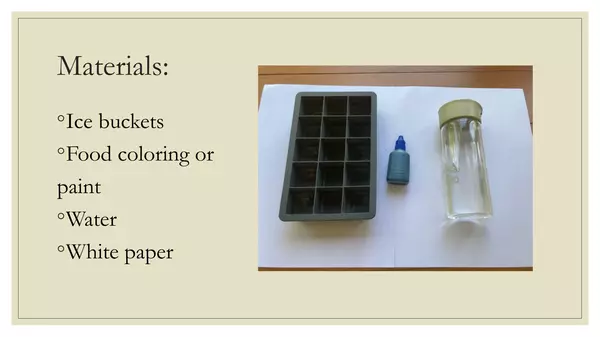
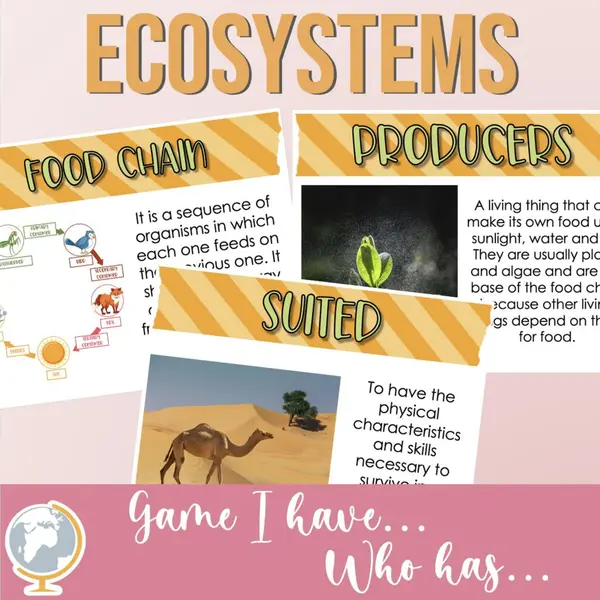

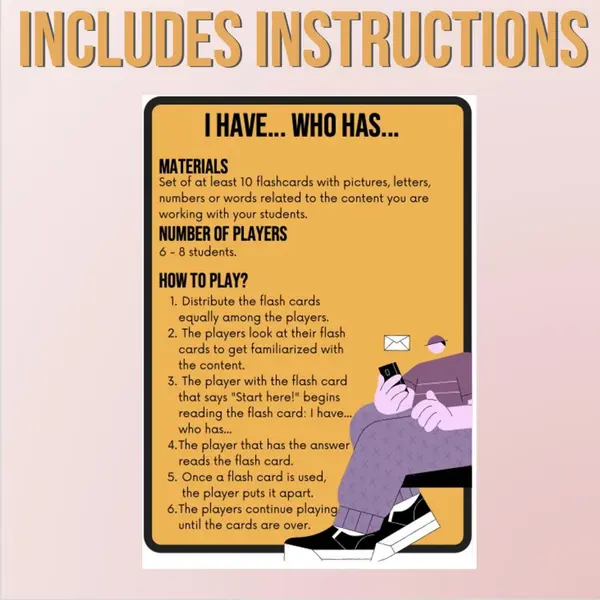
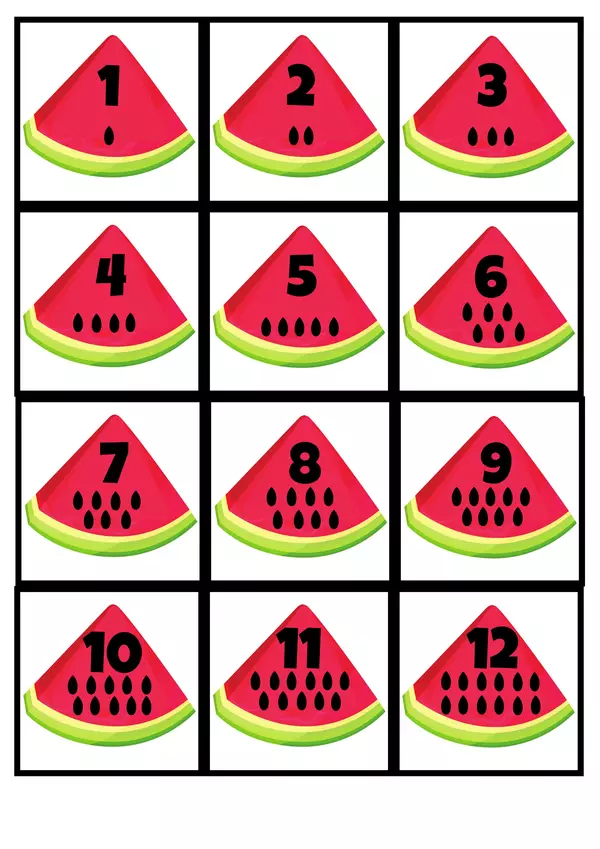
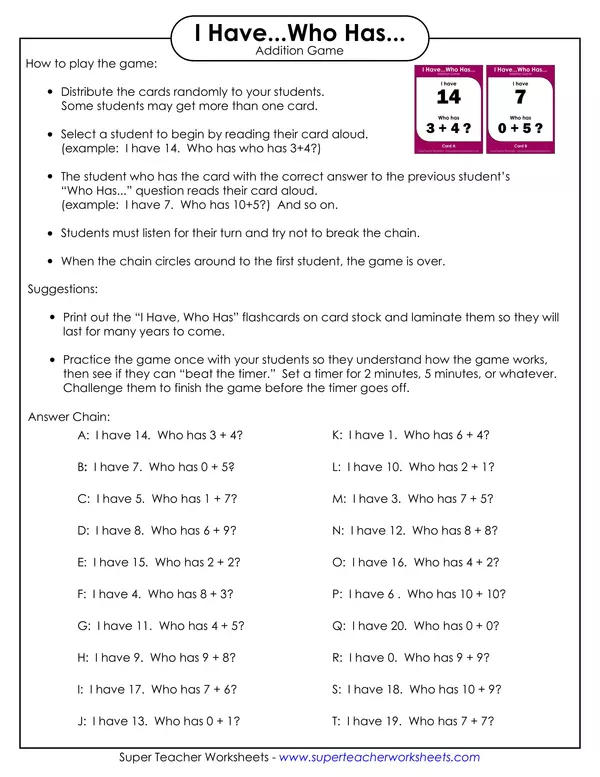
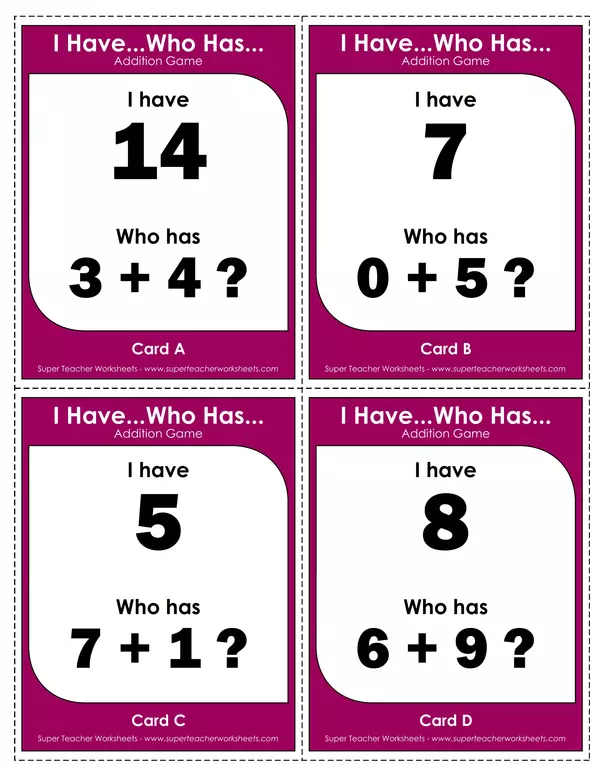
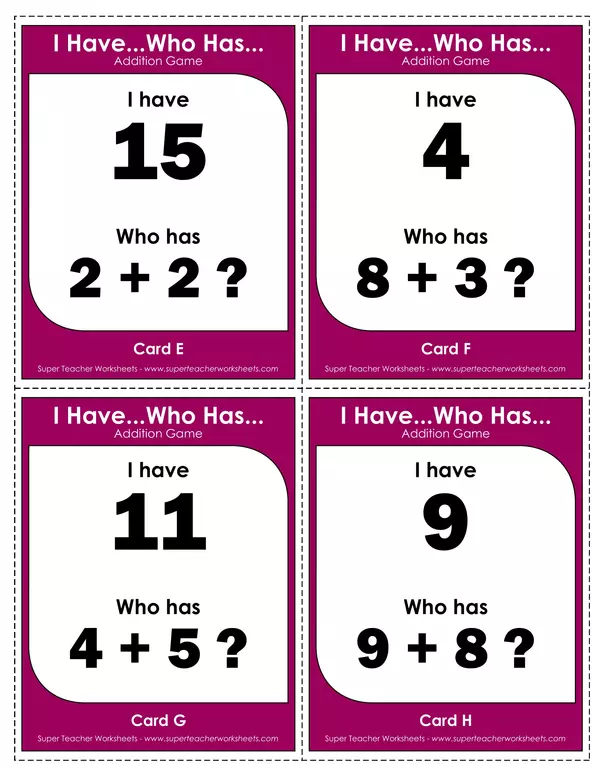
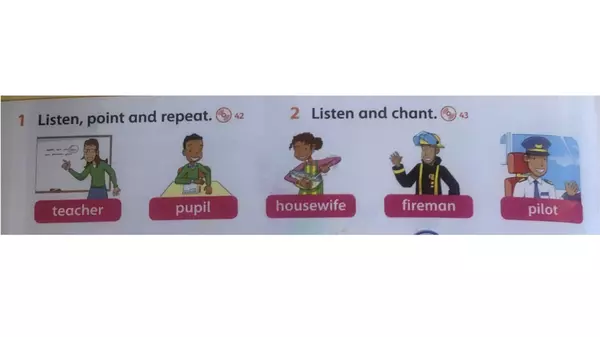
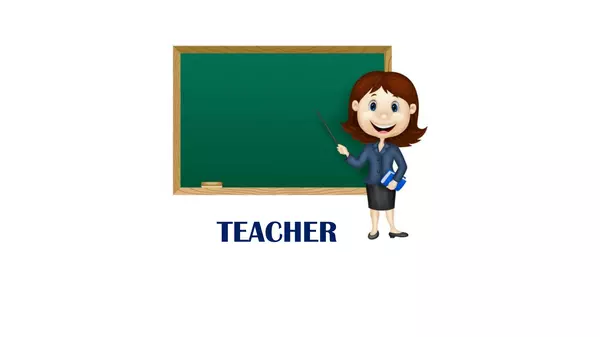
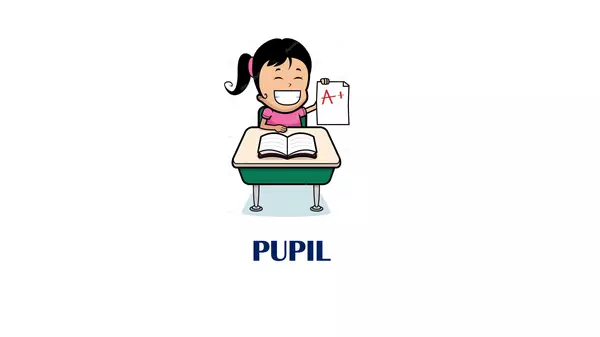

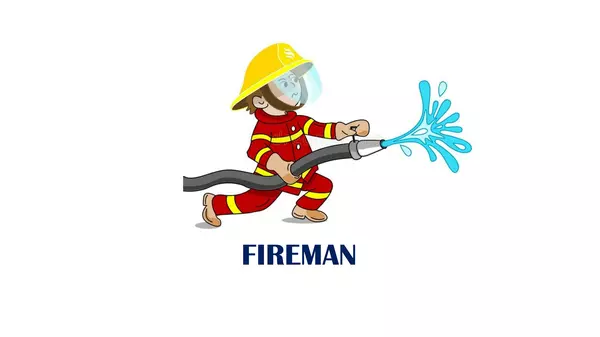
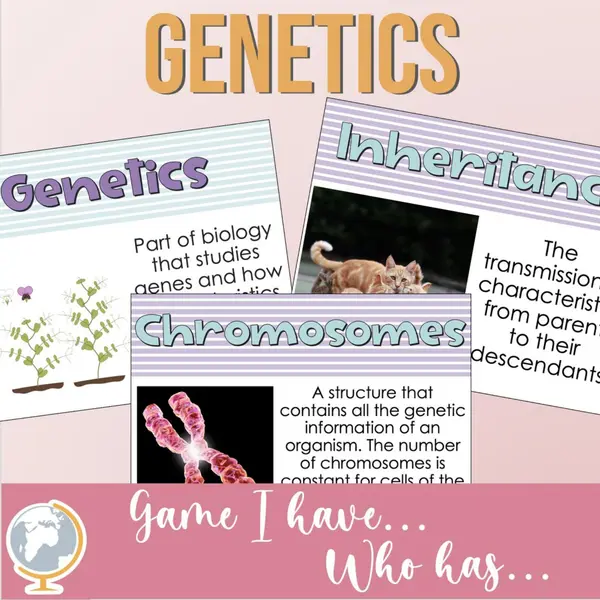
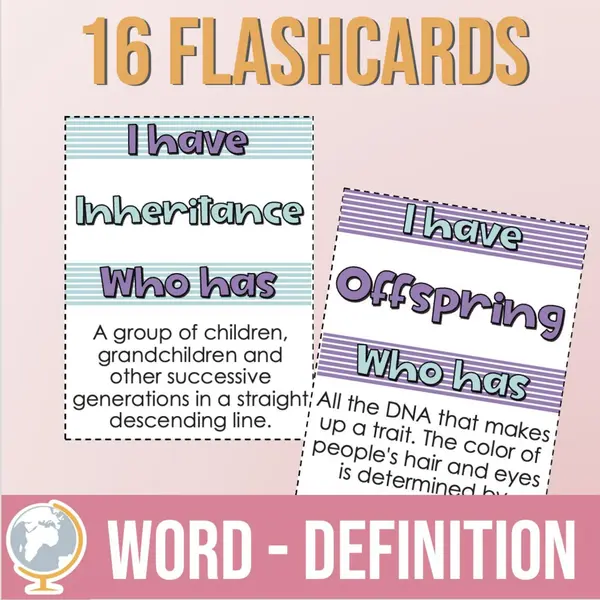
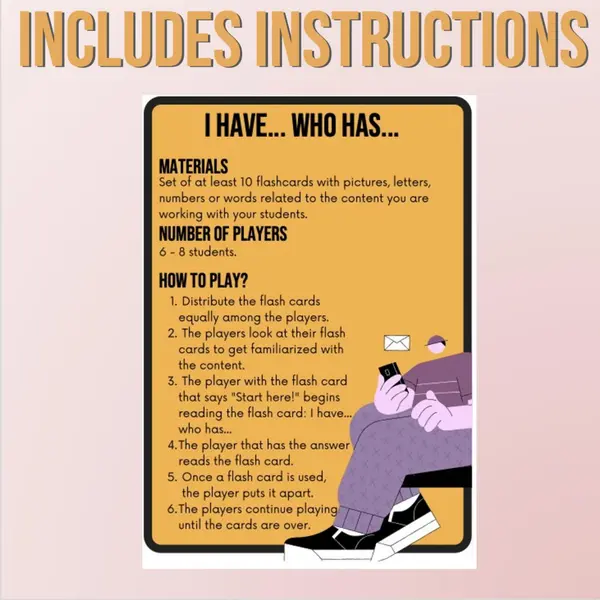
There are no comments yet, write one yourself!